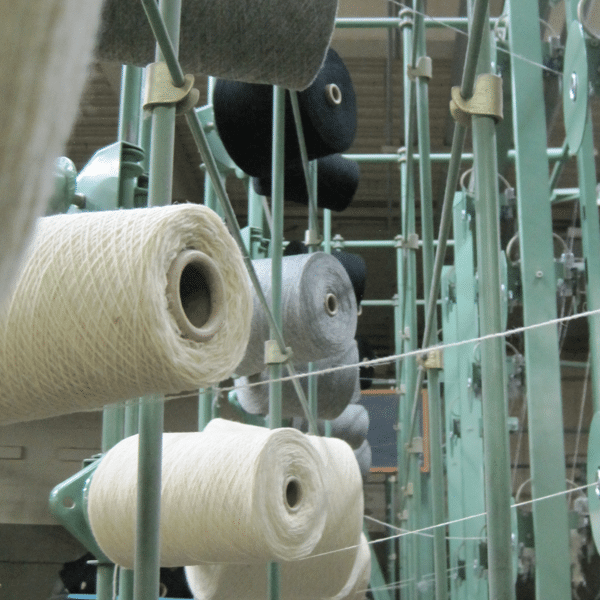Doubling combines multiple yarn strands to create plied yarns, which are stronger and more uniform. This technique is used for specialty blended or multi-strand yarns. We can ply up to four strands of yarn, accommodating customized blends of fibers such as wool, bison, alpaca, nylon, polyester, and Kevlar®. Depending on the need, we can ply up to five or even six strands, but only specific cases. Doubling enhances the durability and yarn performance for technical textile applications.







